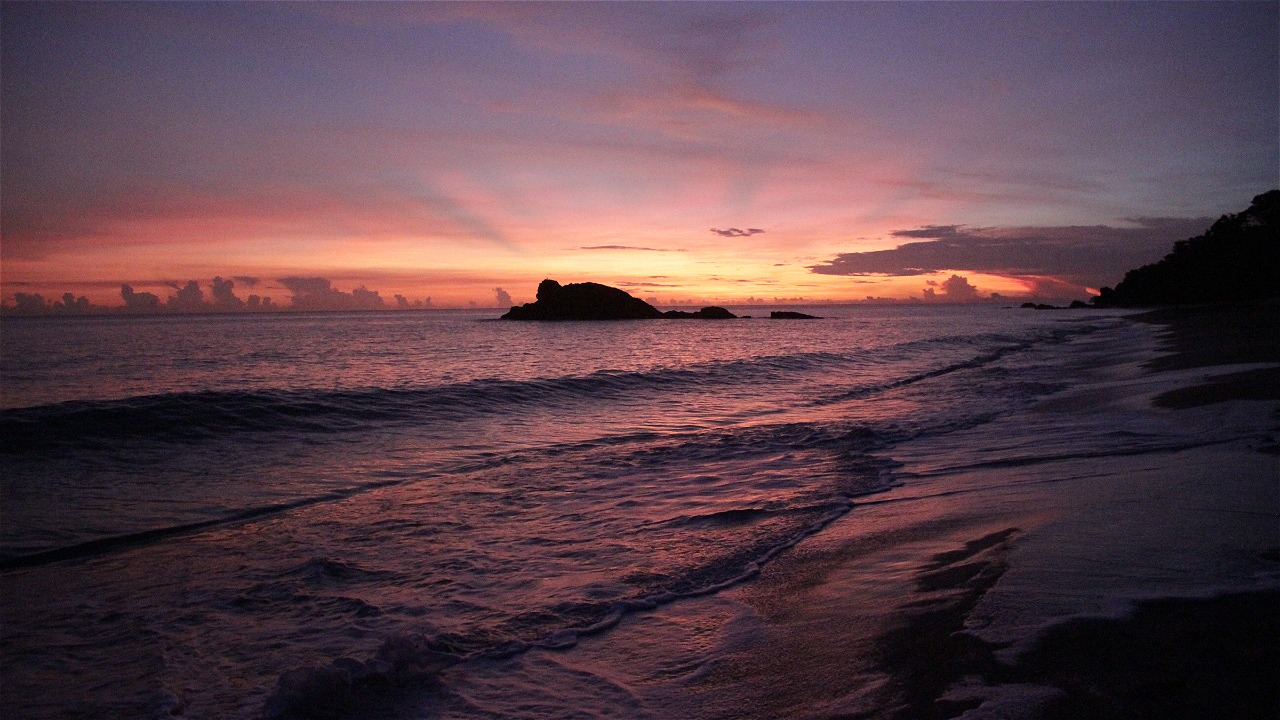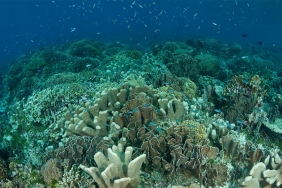KOON ISLAND, A PARADISE IN THE EAST
Author: Terry Endropoetro (travel blogger http://negerisendiri.com/2016/web/)
WWF-Indonesia's Menami ship drops anchor near Koon Island. From the deck of the Menami, you can see a white sandy beach with several raised sandbars surrounded by clear turquoise water. Quiet without waves.
"Why is it called Koon Island?" I asked, feeling unfamiliar with the name. Apparently, the island was included in the Banda Neira district during the VOC era. No wonder the name of the island 'smells' Dutch. That seems to be the case with the naming of Grogos, Nukus and Neiden Islands, which are all close together. The islands are included in the Marine Protected Area (MPA) of Koon Island and Neiden Island, East Seram, which has many dive spots. However, around Koon Island, although famous for its strong currents, is recognized as a paradise by divers.
"Ikuuuuuuut!" I shouted as I immediately stood near the iron ladder mounted on the side of the boat, when Daniel Dirga and Juwita Pusposari from WWF-Indonesia decided to go ashore to find and mark the coordinates of seagrass growth. Me, Trinity, Major Laut (P) Budi Titiono, and Serka Samsul Bahri from the Indonesian Navy were the 'enthusiasts' who joined the rubber boat.
Koon Island itself is an empty island with no source of fresh water. Part of the island is coral rock, part is white sand, the beach is not choppy and the sea water is clear turquoise blue. I still have time to walk and walk along the sandy rise at low tide, which is then covered when the tide comes in. The water, which had been calf-length, is now waist-length when I walk through it. My feet sink further into the sand.
I followed Dirga and Juwita around Koon Island. Accompanying them to check the results of satellite image analysis, to find out how much seagrass - a type of plant that grows in shallow sandy waters, coral reefs, and sand on the island. The contours on the north side of the island are beaches and coral mountains. The coast is covered with trees. As we walked along the sharp reef, there were many dead crabs. They may have been eaten by birds, or molted. Snails and snails are also common on the reef. Giant clam shells are embedded in the coral. This is a feature of the island that occurs because of underwater cracks that push the coral to the surface of the sea. There are also piles of walnut shells and turtle shells and bones left over from being eaten by fishermen.
On the rocky part of the beach, there were many trees that grew into which Juwita and I took shelter, while Dirga went into the water in the middle of the seagrass. Compared to the coral beach, the sandy area is wider and longer. Under the hot sun that afternoon, my skin burns and I feel like my head is starting to smoke. I repeatedly ran into the water to wash my body and head. Finally, I walk quickly ahead of Dirga and Juwita to where the rubber boat is moored, with one goal in mind: to spend a little longer swimming in the clear water, enjoying this paradise in eastern Indonesia.





